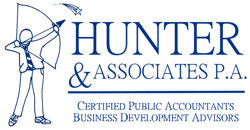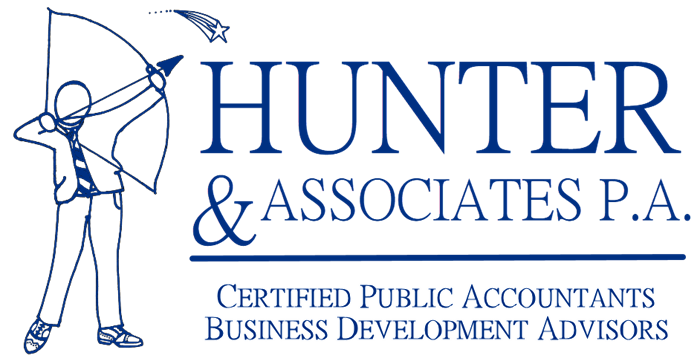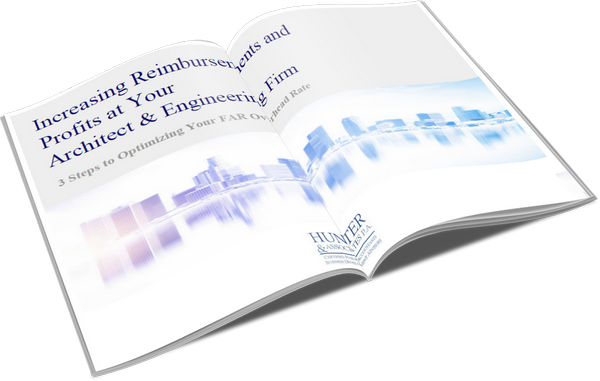
Business owners and managers have probably never faced such a period of change as we are currently seeing. Change carries great risk, but where there is risk there is opportunity.
There are three principle areas that your management must focus on to survive and prosper in this period of change:
1) YOUR VALUABLE FORMULA - (read article here for detailed overview )
Re-assess the competitive element that generates profit and sustainable success for the business.
2) MODIFY OPERATIONS
Change the way business works to adapt quickly to the changed environment.
3) CASH MANAGEMENT
Establish the absolute priority of cash over profit and investment while the storm is blowing.
These are the inter-related and ignoring any of them will be detrimental to the long-term success of the business.
Modify Operations
Once you are sure your Valuable Formula is valid (or future proofed), consideration needs to be given to certain operating parameters to cope with the economic crisis.
Let’s examine the key ones which are based on the operating elements of our business strategic framework model, starting with what you sell.
Products and Services
What you sell is the nuts and bolts of our business and you must keep this area running efficiently and securely. You cannot afford to under invest but similarly there are usually operational efficiencies to be found in how you manage your products and services.
1) Careful manage of inventory levels will be needed as demand may decline and you could end up holding excess inventory, tying up much needed working capital.
-
- The calculation showing how long inventory is sitting on your shelves is called inventory turnover and can be stated in two ways:
1) the number of times you “turn over” your inventory holding each year,
2) or the average number of days you hold inventory before you sell it.
-
- While the absolute numbers are important and can be compared to industry averages, in the current environment it is the trend that you should be watching. If inventory turnover is reducing or inventory days are increasing, this is a warning sign. It is possible for inventory turnover to fall even if the level of inventory is reducing. Watch this as it means your sales are falling at a greater rate than the reduction of inventory, and this will lead to a cash drain in the near future.
2) A close look is also needed for R&D, Product Development and Business Development activities.
The business case that the original decision was predicated on may have changed significantly, and certainly predictions of revenue may now be less certain than you first thought.
-
- If a project is not going to provide a short-term positive cash return, you should seriously look at deferring it. While there is usually an additional cost to stopping work and restarting it again, the de-commissioning and re-commissioning costs may be acceptable in relation to the saving from deferring the development costs.
- This applies to any expansion activity that requires investment up front (and it doesn’t matter whether that is capital expense operating expense investment) with the returns to follow over time.
- Payback period is the calculation needed in these situations.
3) Become best friends with your suppliers and communicate with them regularly.
These people become first port of call if things get a bit tight and they react better if they know what might be coming rather than finding out when the problem has reached a critical point. There are two useful measures that you can use to monitor how the business is traveling in this regard.
-
- The first measure is an aged list of payables – very much like you (should) have for your receivables. Talk to those suppliers who are sitting out in the 60 days or older columns. Not talking to them makes them very nervous, and many businesses have been taken down by suppliers who would have been far more understanding had there been regular communication. Check the list in relation to the credit terms you have with each supplier – some payables have very short terms (often tax payments) and other creditors can live with being paid on longer terms.
If you are having short-term cash flow problems, choosing one large creditor and negotiating a payment plan (even if this involves paying some interest) may be a better alternative than aggravating a large number of suppliers and developing a reputation that might inhibit supply of goods. A bad reputation is quickly gained but takes a long time to lose. And if things are tight, you need your good name.
- The first measure is an aged list of payables – very much like you (should) have for your receivables. Talk to those suppliers who are sitting out in the 60 days or older columns. Not talking to them makes them very nervous, and many businesses have been taken down by suppliers who would have been far more understanding had there been regular communication. Check the list in relation to the credit terms you have with each supplier – some payables have very short terms (often tax payments) and other creditors can live with being paid on longer terms.
-
- The second measure is an average number of days it takes you to pay your creditors (Payable Days). This is useful because it tells you how you are trending and if this calculation is rising then you have problems. Like all working capital calculations, you work out of the turnover rate for the item and then convert this to days outstanding.
- The second measure is an average number of days it takes you to pay your creditors (Payable Days). This is useful because it tells you how you are trending and if this calculation is rising then you have problems. Like all working capital calculations, you work out of the turnover rate for the item and then convert this to days outstanding.
Glossary:
Inventory Turnover = cost of sales for the period / average of inventory at start of the period and end of the period.
Inventory Days = 365 / inventory turnover.
Payback Period = the amount of time it takes for the initial upfront costs to be paid back. Pay back periods usually are several years so there is the following charter-term alternative that may be more relevant in the current crisis.
Aged Payables Listing = typically payables are grouped into 30, 60, 90+ days but the key thing is that most suppliers count the days from the date of invoice, not the end of the month of purchase.
Payable Turnover = total purchases for the period covering trade payables (including materials, supplies and any sub-contracted components) / average of accounts payable relating to these items at the beginning and end of the period.
Payable Days = 365 / payables turnover.
Get Help
There is an old saying, “pride goes before the fall”. We are living in extraordinary times and crisis combined with the ongoing technological changes are creating an environment of uncertainty the like of which has not been seen before. You cannot assume your business is OK, you cannot assume that what has worked for you in the past will work for you now.
Stand back and get a second opinion about your business and how it is performing. Take a moment to reach out to one of our advisors. Sometimes it is beneficial just to share the burden and our proven solutions and experience can help you through to a recovery.






